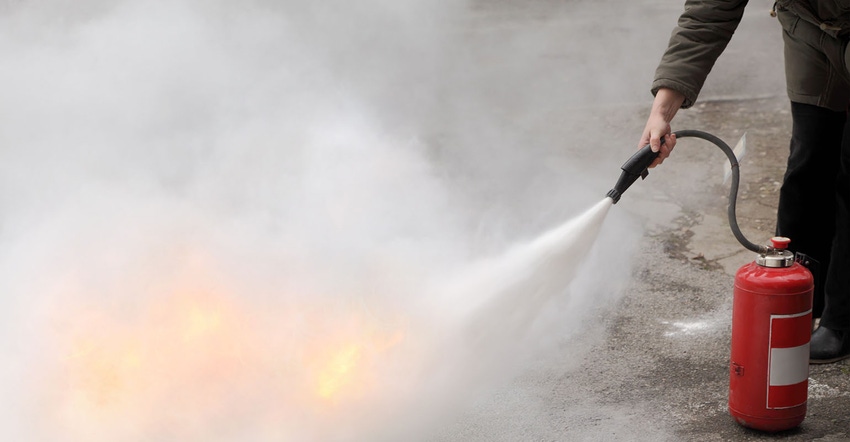
Farm leaders often tell me they feel they spend most of their day “fighting fires” in their operation. They don’t mean literal fires – but the urgent crises and problems that pop up on any given day.
This might mean spending time – when they planned to work on something else – on fixing equipment, settling an employee issue or reworking something that got screwed up. And when these “fires” continue to pop up, often the business work that the farm leader planned and needed to do gets pushed back – and back.
A tug of war
Sometimes, what can get pushed back are the types of decisions that only the farm leader can make. The decisions may not be super urgent at that given moment, but are usually very important to the well-being of the operation. Often, because this work isn’t urgent in a “flashing lights” type of way, it can get stuck on the back burner – permanently.
Ultimately, if the farm leader doesn’t tend to this critical business work, it could lead to negative results and impacts for the operation. Many leaders and managers – of any business – find themselves dealing with the tug of war between the urgent and the important every day. Here are three steps to ensure that what’s truly most important to your business gets done.
Three steps to prioritize
Consider what your time as a leader is worth. Putting a monetary value to the time we spend working can get us thinking differently about our responsibilities and our time. What are the things that only you, as the leader, can do in your operation? Those are probably the activities where your time is most valuable. On the other hand, what activities can you hire someone else to do – to free up more of your time for those “most valuable activities”? Think about what you can delegate to someone else – and then actually delegate it.
Sort out what you really need to do. Along with any business partners, make a list of the work activities you are currently doing or responsible for in the operation. Then, take a hard look at that list, line by line. Sort your list into two columns – one for the activities that require the farm owner and CEO to be involved in a hands-on way and another for those that don’t. Once you’ve done this, make a plan for the non-CEO required activities to be handled by others in the operation.
Schedule what’s most important – and stick to it. When you’ve uncovered the most important, business critical activities for the farm’s CEO, it’s time to schedule that work. Of course, schedule office work for less busy seasons. If “fires��” come your direction during these scheduled times, you need a plan for how to deal with them that ideally doesn’t take you away from what you’ve prioritized. There are some situations that are going to truly require you to stop what you’re working on, but they may be fewer than you thought before.
One of the important CEO-level tasks of the farm leader is creating marketing and merchandising plans for the operation. “Fire-fighting” on the farm can take leaders’ attention away from making and executing marketing plans, but having a trusted market advisor can help, knowing someone always has your back. You can talk with one of our advisors today.
The opinions of the author are not necessarily those of Farm Futures or Farm Progress.
About the Author(s)
You May Also Like






